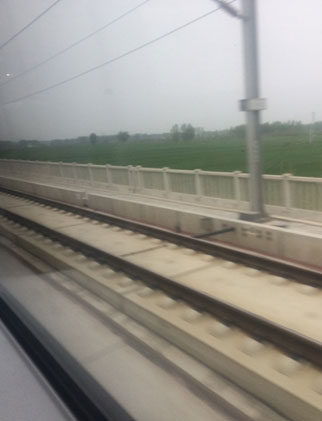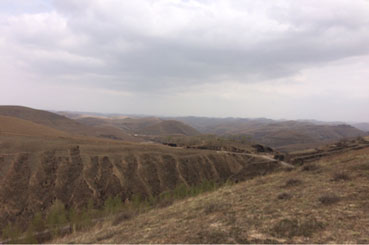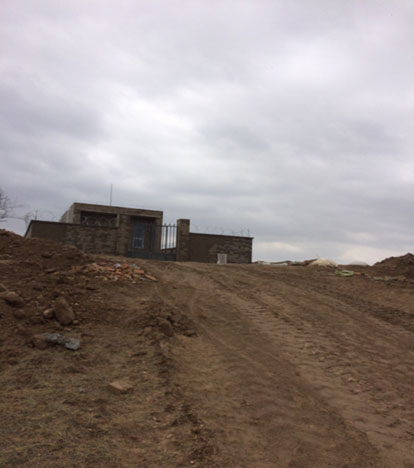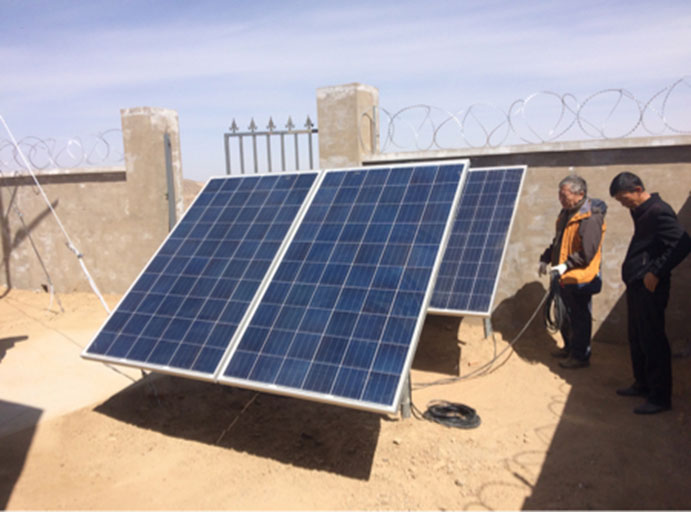Continental Electric Powers China's BeiDou Satellite Mapping Base Stations with New Energy Generation
On the morning of April 10, 2018, a sharp alarm clock rang out, breaking the stillness. Engineer Xu woke up, quickly washed up, shouldered his already-packed bags, and set off on his trip to northern Shaanxi.

The high-speed train raced along, drawing two distant cities closer with each passing minute. After a brief nap, the train had already arrived at Xi'an North Station. Upon exiting, Engineer Xu transferred to Metro Line 2 and got off at Xishaomen. He then walked briskly for about ten minutes to reach the meeting point agreed upon with the client.
After initial discussions, he met with Engineer Gu and other representatives from the project's contracting party (a certain bureau in Shaanxi). They briefly discussed preliminary planning and decided to prioritize the installation, debugging, and guidance for the wind-solar hybrid power systems at two BeiDou satellite mapping base stations in Dingbian and Zhidan counties.
Early the next morning, the group of four set out by car on their journey through northern Shaanxi. Along the way, they passed through Sanyuan, Yijun, Huangling, Luochuan, Fuxian, Ganquan, Yan’an, Wuqi, and other counties and cities.
April in northern Shaanxi brought unpredictable weather—alternating between bright sunshine and sudden snow showers. Amid the interplay of ice and warmth, patches of green were already emerging from the barren soil, with unnamed saplings sprouting sporadically. Meanwhile, the distinctive local apricot blossoms, resilient against the spring breeze, were budding along the ridges and gullies, adding subtle yet vibrant touches to the landscape.

At this time of year, the Zhidan surveying station was nestled among vibrant wild apricot blossoms. Due to geographical constraints and external factors, the base station site was relatively compact. The limited space within the compound made it difficult to install the equipment in a standardized manner, and since it was an unmanned station, placing the equipment outside the compound was not feasible. If mounted on the rooftop, several considerations would need to be addressed.
After evaluating these factors, we decided to proceed to the next site—Dingbian—to discuss and design a reasonable solution. Once a plan was formulated and approved, we would return to resume the installation.

Compared to the Zhidan site, the Dingbian site—about a three-hour drive away—offered considerably more space and flexibility. Situated at an altitude of over 1,900 meters, the area, though not extremely high, featured steep and challenging terrain with strong winds and frequent sandstorms. When our vehicle could no longer proceed up the slope to the site, our team carried the equipment and construction materials up by hand.
On site, we worked together to develop an installation plan tailored to the local conditions.
Over the next two and a half days, all tasks proceeded in an orderly manner. From excavating foundations and setting up bases for the photovoltaic panels and wind turbines to wiring, debugging, and trial operation, every step was completed seamlessly. The customer spoke highly of our work!
Continental Electric’s renewable power generation has successfully “powered up” China’s BeiDou Satellite Mapping Base Stations!

The moment we opened the distribution cabinet of the base station and pushed the power switch, all the hardships we endured and the exhaustion from the long journey instantly vanished. This, perhaps, is the dedication we at Continental bring to our work—and the profound satisfaction that comes from fulfilling our clients' needs.